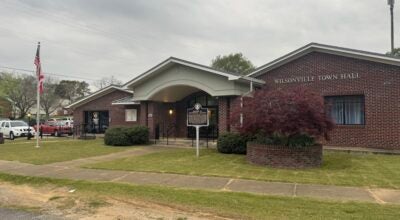Op-Ed: Prison Reform
Published 8:23 am Tuesday, January 20, 2015
By CAM WARD / Guest Columnist
As Alabamians, it is our responsibility to confront and address problems that plague our state and limit our ability to grow and progress economically and otherwise.
To do that, we must look at those problems squarely and be honest with ourselves about where our current and past practices have left us.
The state of overcrowding in our prisons and jails, and the operation of the criminal justice system that feeds them, has finally gripped the attention of people across our state. However, while public discourse is good, the ongoing discussions have magnified the flaws in our current system and revealed a dire need for reform. Raw data and unbiased research indisputably shows that the structure of our criminal justice system has, in fact, severely compromised our fight on crime at a fundamental level.
We have learned, with expert assistance and analysis by the Council of State
Governments (CSG) Justice Center, that our system lets more than a third of all individuals finish their prison sentences and reenter society without any kind of supervision. That includes large numbers of short-term inmates who are sentenced for drug or property crimes and more likely to reoffend.
Those serving long-term sentences are serving longer and longer under the guise of a harsh punishment, due to mandatory minimum sentencing guidelines. However, the truth is that we are merely prolonging their inevitable return to society while failing altogether to take steps to decrease their threat to society upon reentry. In fact, statistics show that sentences without supervised release very often result in an increased risk of reoffending.
Our correctional system is unsustainably crowded, and currently holds twice as many people as it is built to house.
Between 2003 and 2013, the population in state-run prisons alone climbed 9 percent. When alternative placements like community corrections are taken into account, the population increase is even higher at 19 percent over that same time span.
Opting to buy our state out of overcrowding, however, would only be a Band-Aid solution to a much deeper issue, and failure to address the root of the problem will only increase future costs.
These facts present a blunt reality and, now that it has caught our attention, I cannot overstate the urgency of achieving comprehensive reform for Alabama’s criminal justice system.
We must move forward with the ultimate objective to develop concrete, effective change that will preserve public safety and support law enforcement operations in our state. This important effort demands two things: collaboration and thoughtful attention.









